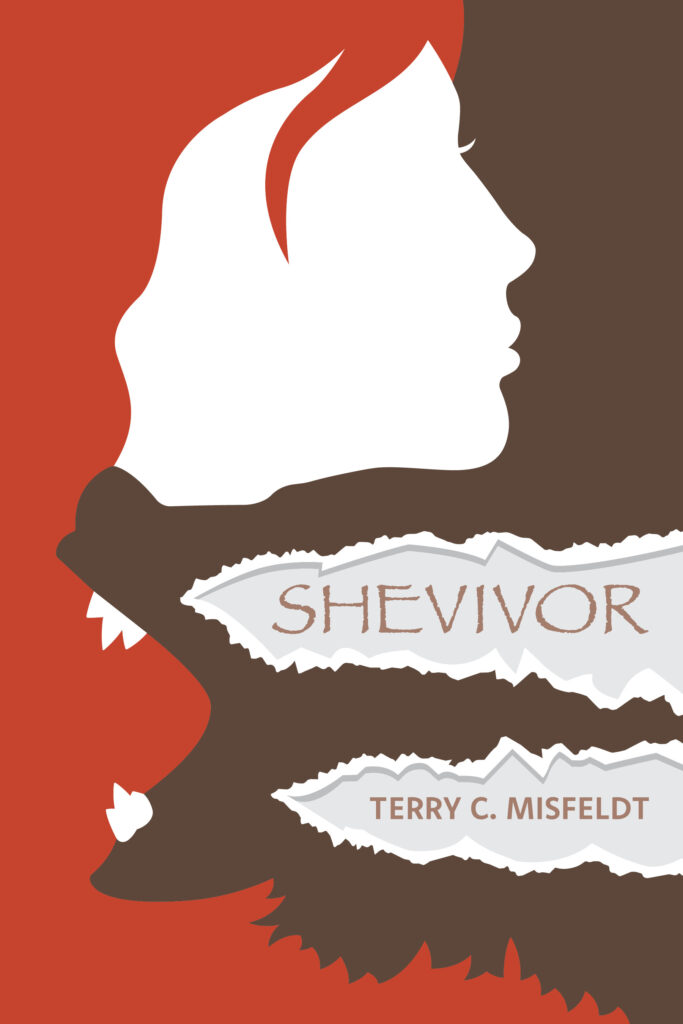By Terry C. Misfeldt
When is your best opportunity for writing time? Do you need peace and quiet to think and write? Can you squeeze in a few minutes during your lunch break? Do the kids all have to be in bed before you can sit down at the keyboard?
Knowing your best writing time is an essential element of becoming a professional writer. Let’s consider options. An important aspect of these options is determining how many words you intend to craft in one sitting and how long it takes you to generate that many words. When I gave myself the challenge of writing 1,000 words per day, I learned I could achieve that goal in 40 to 45 minutes…depending on whether my brain was functioning at 25 words per minute.
- Pouring and sipping that first cup of coffee in the early morning hours gets some writers started. If you work at 9:00 a.m. and need an hour and one half for feeding and grooming yourself before getting dressed and commuting, you should consider how much you are willing to forego sleep to get in writing time. Could you write 500 words in half an hour? If you can and want to rise with the sun to do that, go for it.
- Finding time during the day to write can be a challenge if you are working full-time or in an office environment. More than likely you already spend time in front of the computer screen, but could you sneak in 15 minutes to crank out 400 words? The challenge here is to avoid using the company cloud to save your work…unless you own the company and then it does not matter. Suggestion: Use a flash drive to store your work.
- After work, dinner time with the family, and relaxation time can be productive writing time. Many writers work late into the evening or early morning crafting their novel or writing their memoirs because that is when they are inspired to write. Just remember there are also times when your brain is fried by then and what you write may look like rubbish when you read it the next day.
- In short, the best time to write is when you are motivated, inspired, and can concentrate on your project. Writing time may also be best devoted to research and making notes. Writing time is your time!


